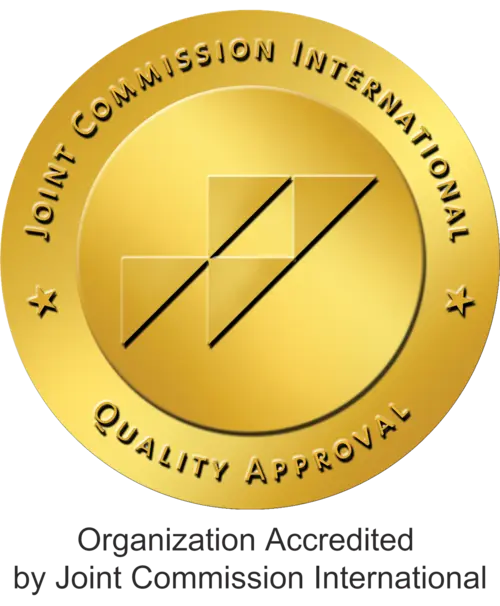Ultimate Treatment of Scoliois
Scoliosis Treatment in Children and Adults
Scoliosis progresses with time, its severity typically depends on a patient’s age, the initial degree of a curved angle and other concomitant conditions. A treatment plan is based on the cause of scoliosis. If the spinal nerves are being squashed or irritated, if your back pain is debilitating and all possible alternatives such as painkillers, physical therapy, spinal injections, back braces have been tried with no desired effect, scoliosis surgery may be an ideal treatment option for you.
What Causes Scoliosis?
Scoliosis can be developed at any age due to the following reasons:
- congenital scoliosis and cerebral palsy;
- connective tissue diseases (e.g. Marfan syndrome, Ehlers-Danlos syndrome);
- muscular dystrophy and muscle disorders;
- injuries and trauma;
- poliomyelitis and other infectious diseases;
- leg discrepancy and hip or knee joint diseases.
Prompt Diagnose and Correct Treatment
To diagnose scoliosis our highly experienced orthopaedic surgeon reviews your family and medical history, performs neurological and physical examination, postural assessment including Adam’s bending test, Plumbline test and X-ray to measure the degree of spinal curvature.
Options of Scoliosis Surgeries
Depending on the medical history, age of a patient and the cause of scoliosis there are different surgical approaches. The main of them are: spinal fusion (posterior and anterior); distraction-based technique called “a growing rod”; magnetically controlled growing rod (MCGR), and, finally, ApiFix procedure used for AIS “adolescent idiopathic scoliosis” treatment.
- Spinal Fusion Technique
This common scoliosis surgery technique suggests fusion (connection) of curved vertebrae to stabilize the spine with the help of a rod, screws and hooks. Bone grafts are placed between the vertebrae. Despite being quite an extensive surgery, it is indicated in case of spondylolisthesis, when a vertebra slips forward with respect to its neighbour, also in children with cerebral palsy and many other conditions. It generally performed in thoracic spine of the vertebral column.
- A Growing Rod Technique
If scoliosis progresses rapidly at a very young age, distraction-based technique named “a growing rod technique” can be applied, when the rod is implanted and secured to the spinal curvature and lengthened every 6 months. Lengthening requires another surgery, consequently, hospital admission and anaesthesia.
- Magnetically Controlled Growing Rod Technique
This technique can be regarded as an update to distraction-based technique. It is typically applied to little patients with idiopathic muscular scoliosis to eliminate post-operative complications and the need for repeated surgeries. Our surgeons use magnet driven rods, thus, lengthening is performed at the doctor’s office. Thus, the rod is lengthened parallel to a child’s growth and development.
- ApiFix Technique
ApiFix technique is an innovative sophisticated technique, which enables preserving motion of vertebrae and achieving permanent curve correction in adolescent patients with idiopathic scoliosis. However, every technique is chosen by your doctor according to your age, diagnosis and needs. Sometimes, doctors vote for using two techniques simultaneously, for example, both fusion for a thoracic part and ApiFix for lumbar one.
Scoliosis Surgery Duration
Generally scoliosis surgeries take several hours, in complex and severe cases, it could last a bit longer.
Anaesthesia and Pain Management
The surgery is performed in a well-equipped JCI accredited 1A ultraclean operating theatre under general anaesthesia, therefore, a patient does not experience any discomfort or pain. After the surgery your surgeon prescribes you effective medications as a part of pain management being an essential factor of overall recovery.
Getting Back to Normal Life after Scoliosis Surgery
Recovery usually takes several weeks. The overwhelming majority of people who undergo scoliosis surgery get back to normal activities within a year. If needed, your doctor can prescribe wearing a back brace.
Physical Activity after Scoliosis Surgery
In post-operative period a physiotherapist will teach you how to strengthen your back muscles without damage to your vertebrae. This first phase of scoliosis surgery recovery requires avoiding heavy objects lifting and doing active sports.
How Long to Stay in Turkey?
Scoliosis surgeries suggest about two weeks of hospital admission including follow-up appointments. After discharge a patient can return home. Depending on the surgical technique performed, the patient may need to come back several times.
Where to Stay after Discharge?
After hospital discharge patients can stay in comfortable appealing boutique or residential hotels nearby, chosen by our International Department Team.
Free of Charge
- English, Arabic and Russian Speaking Translators;
- Wi-Fi;
- providing the copies of medical reports following the consultations in Turkish, English or Russian;
- transfer from the airport to the hospital/hotel (for inward patients);
- accommodation assistance (hotels, apartments, etc.);
- visa procedures assistance;
- estimating the cost of services, preparing proforma invoice;
- contacting international insurance companies.




